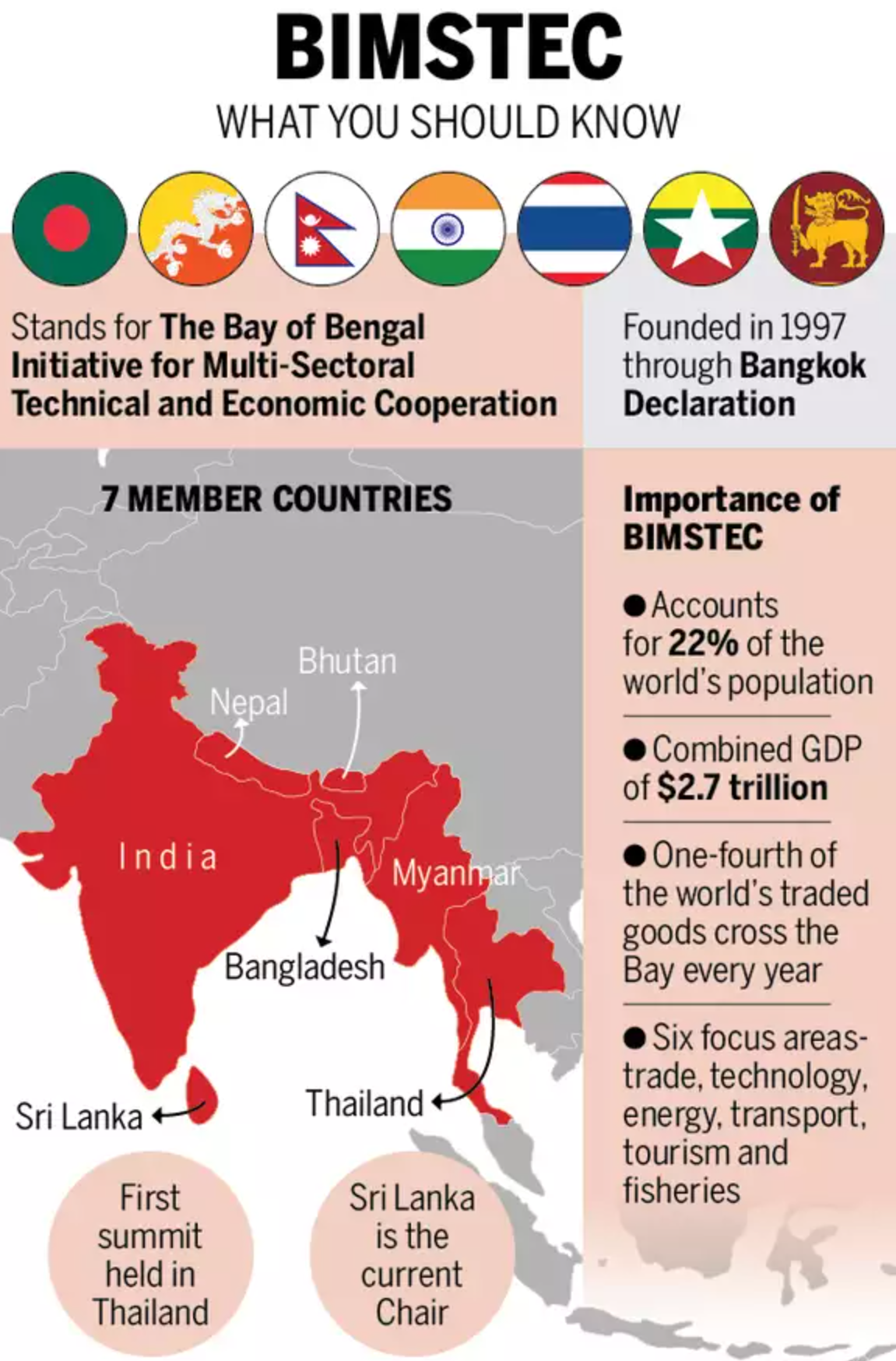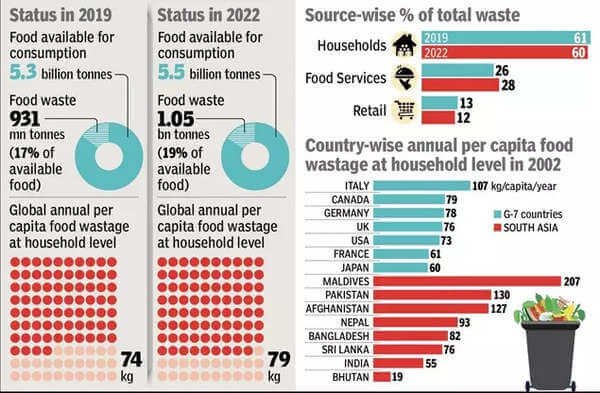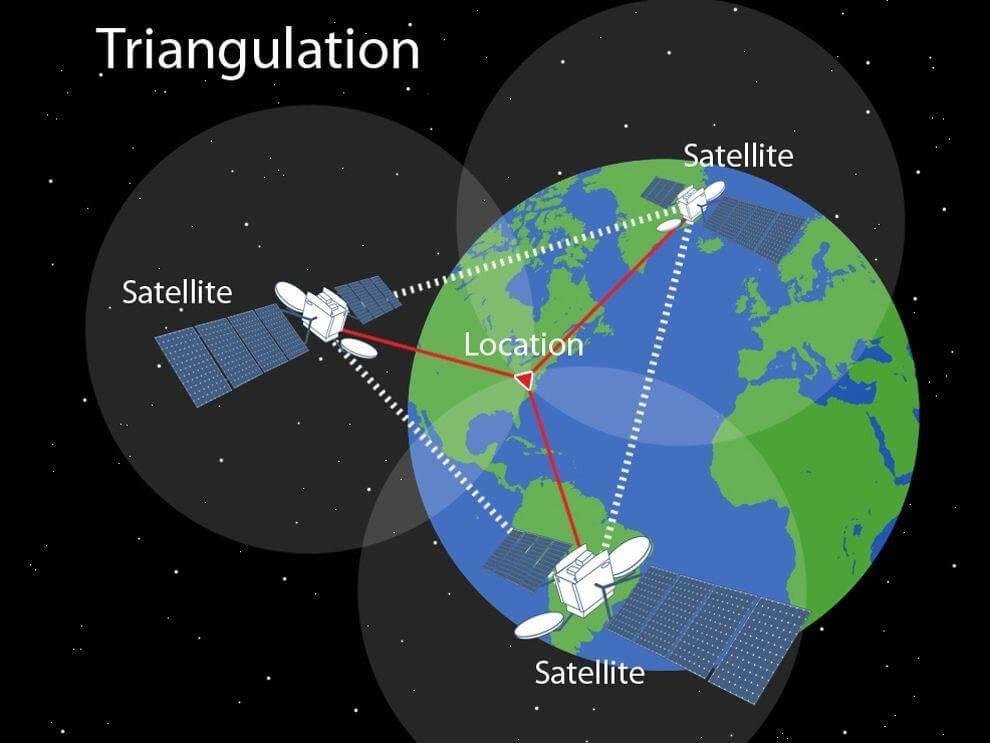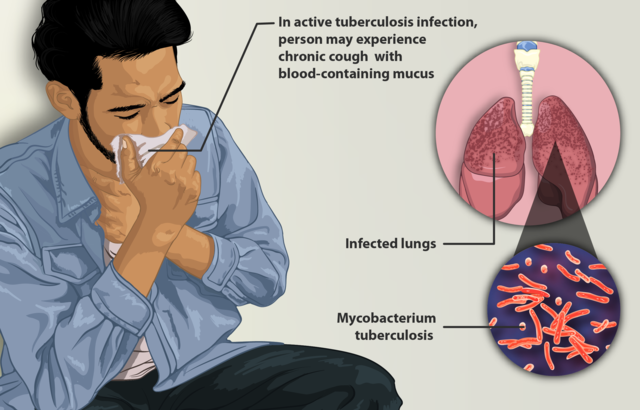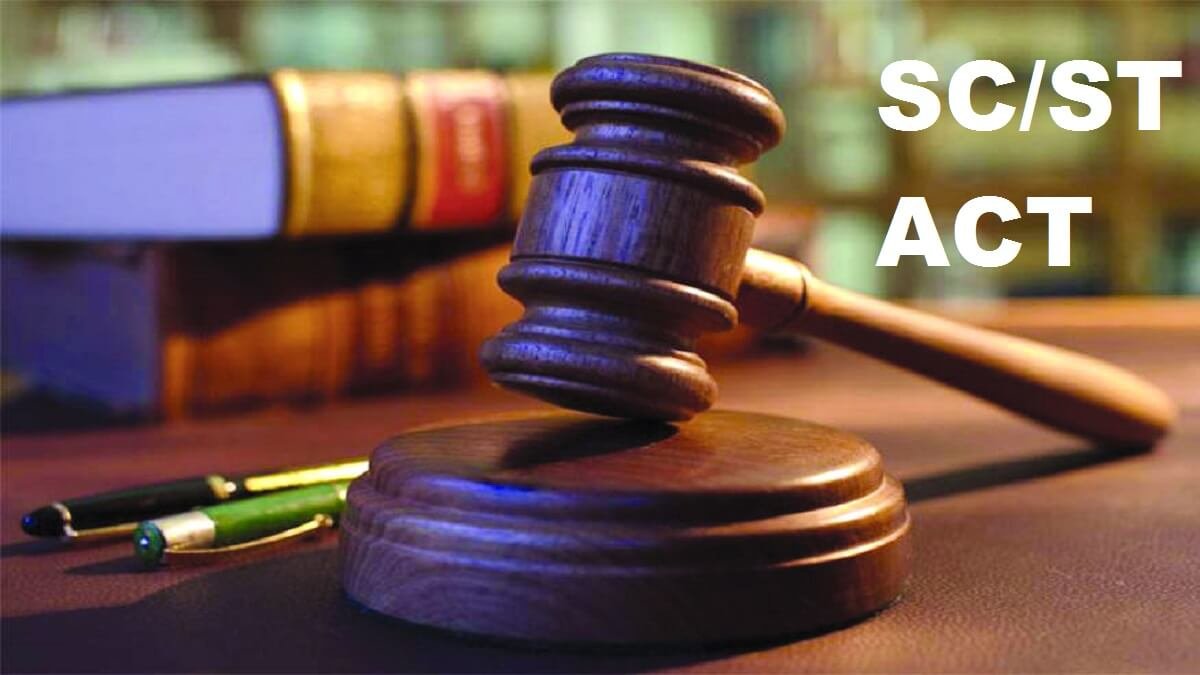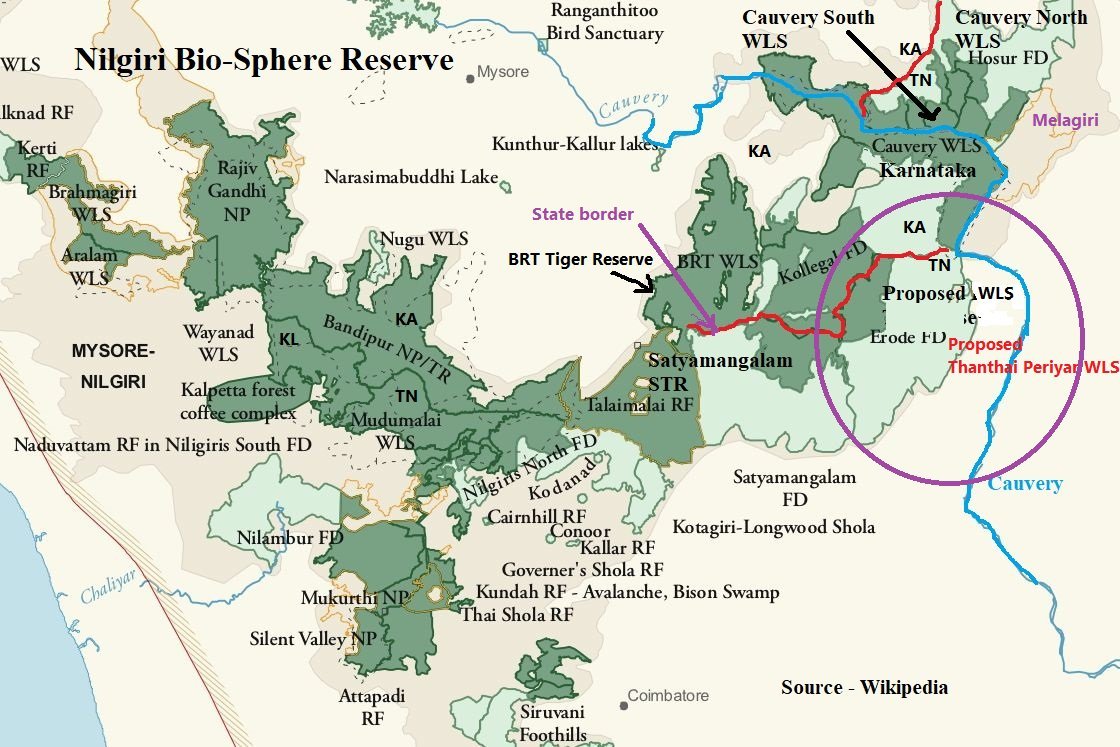
Current Affairs for UPSC Civil Services Exam – May 01, 2024
Subscribers of "Current Affairs" course can Download Daily Current Affairs in PDF/DOC
Subscribe to Never Miss an Important Update! Assured Discounts on New Products!
Must Join PMF IAS Telegram Channel & PMF IAS History Telegram Channel
{GS1 – A&C – Paintings} Pattachitra Art
- Context (DTE): In West Bengal’s village of patuas (scroll painters), Swarna Chitrakar has emerged as a role model for women.
- Recently, the Prime Minister, in his show Mann ki Baat, praised Bhagyashree Sahu, a pattachitra artist from Odisha, for her amazing Pattachitra.
- The patuas are unique artists – they paint scenes from their daily lives and also write songs on the stories that they present with the artwork.
About Pattachitra
- Pattachitra or Patachitra is generally used for traditional, cloth-based scroll painting. The literal meaning of the word “Patta” is “cloth”, and “Chitra” means “picture” in Sanskrit.
- The art form is based in the states of Odisha and West Bengal, believed to have originated as early as the 12th century.
- This, as an art form in Odisha, is created for ritual use and as souvenirs for pilgrims to temples. It forms are a component of ancient Bengali narrative art.
- There are two kinds of Pattachitra-
- ‘Jodano chitra’ where ‘jodano’ means wrapped.
- ‘Chouko chitra’ where ‘chouko’ stands for square. There is one Isolated painting depicting a mythological incident.
Theme of the paintings
- The paintings are based on Hindu mythology and are highly inspired by Jagannath and Vaishnava sects.
- The theme of Odia painting is kept around Lord Jagannath and the Vaishnava sect but in West Bengal, Pattachitras are used to depict stories of Goddess Durga.

- The individual paintings of gods and goddesses are done.
- Some of the popular themes represented through this art form are Thia Badhia (temple of Jagannath), Krishna Lila (Jagannath as Lord Krishna), Dasabatara Patti (ten incarnations of Lord Vishnu), Panchamukhi (Lord Ganesh depicted as a five-headed deity).
Features
- It is known for the intricate details and the mythological narratives and folktales inscribed in it.
- The colours used in the Paintings are natural, and they are made in an old traditional way.
- It is a disciplined form of art with a set of rules and restrictions. A floral border is a must around the paintings.
- The painting is done on canvas, comprising rich, colourful applications, creative motifs, and designs.
- The paintings are executed primarily in profile with elongated eyes.
- The paintings use prominent solid shades, depicting stark emotional expressions with great detail.
- The Pattachitra style of painting mixes folk and classical elements. The dress style in the paintings has Mughal influences.
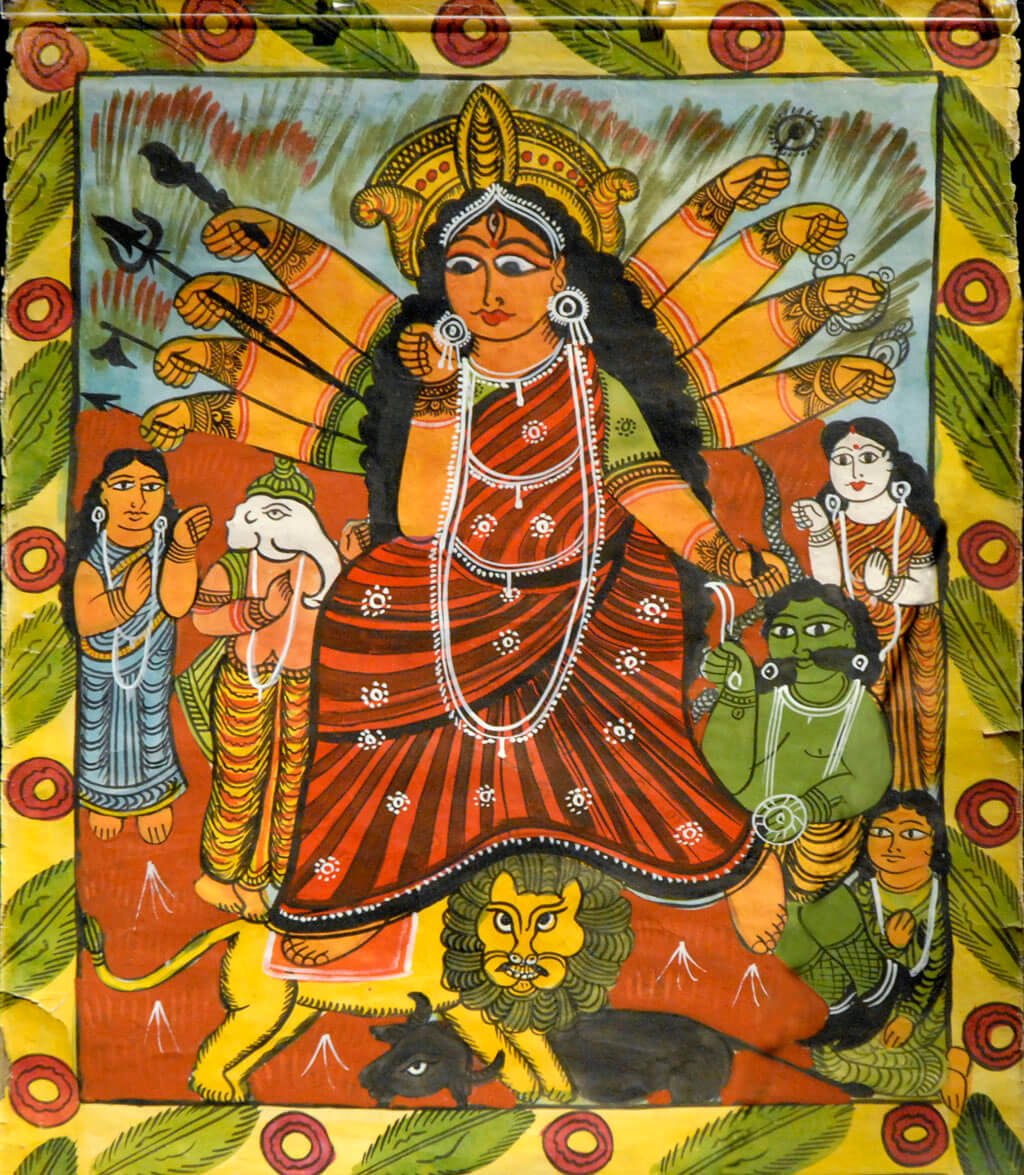
Categories of the paintings
- The pattachitra paintings of Odisha are divided into three categories based on the medium, namely,
- Paintings on cloth or ‘Patta Chitra’,
- Paintings on walls or ‘Bhitti Chitra’ and
- Paintings on the palm leaf or “Tala Patra Chitra’.
GI Tag
- The GI of Patachitra is registered differently in both states because the style and motif of the paintings in both states are different.
- Patachitra of Odisha is registered as Orissa Pattachitra, while that of West Bengal is registered as Bengal Patachitra.
{GS1 – Geo – EG – Water Resources} Digital System for ‘barabandi’
- Context (TH): A digital water distribution system for agricultural fields was launched in Rajasthan.
- “Barabandi“ is the “fixed turn” system of receiving water from the canal.
- A digital and online “barabandi” system will facilitate the supply of irrigation water on a predetermined schedule, accessible from anywhere.
- It will enable the farmers to know the status of water reaching their fields and minimise the scope for human error often reported in the manual system.
- Developed by: National Informatics Centre (NIC), Jaipur.
{GS2 – Policy – IC – Judiciary} Application of the “Eggshell skull” rule*
- Context (IE): The Supreme Court emphasised that the state and central consumer courts incorrectly applied the ‘eggshell skull’ legal principle.
What is the ‘eggshell skull’ rule?
- Its name is derived from the analogy that the defendant would be held responsible for injuries caused by hitting the victim’s head, even if the victim had a particularly delicate skull or an ‘eggshell’ for a skull.
- Also known as the “thin skull rule”, it is applied in civil litigation related to compensation, especially medical negligence cases.
- Enhanced compensation would be applicable if
- The impact is more severe which an otherwise “normal person” would be able to withstand.
- Impact-causing incidents should be “unlawful”.
- The origin of the rule is the Vosburg v. Putney case (1891) in Wisconsin, US, in which the injury was aggravated due to a pre-existing injury.
- It was applied by the Supreme Court in the Jyoti Devi vs. Suket Hospital case. The Court restored the compensation awarded by the district consumer forum in a medical negligence case.
{GS2 – Polity – IC – FRs} Article 31C of the IC*
- Context (IE): A nine-judge Bench of the SC has decided to take up the issue of “radical constitutional consequence”: does Article 31C still exist?
- SC was hearing a case to decide whether the government can acquire and redistribute private property.
About Article 31C of the IC
- Article 31C was inserted in the IC by the 25th Amendment Act of 1971.
- This amendment was a response to judicial decisions that limited the government’s ability to enact laws for socio-economic reforms.
- Articles 31A, 31B and 31C have been retained as exceptions to the fundamental rights.
|
- Article 31C contained two provisions:
- No law that seeks to implement directive principles specified in Articles 39 (b) and (c) shall be declared void on the grounds of contravention of the FRs under Article 14 or Article 19.
- No law containing a declaration that it is for giving effect to such policy shall be questioned in any court on the ground that it does not give effect to such a policy.
Judicial Pronouncements on the Validity of Art 31C and Constitutional Challenges
Kesavananda Bharati Case (1973)
- The SC established the doctrine of basic structure, asserting that certain fundamental features of the IC are beyond Parliament’s amending power.
- The court partially struck down Article 31C, specifically the part that prevented laws from being challenged in court.
Constitution (Forty-second) Amendment Act, 1976
- This expanded the protection under Article 31C to cover all DPSPs (Articles 36-51), shielding them from challenges under Articles 14 and 19.
- The amendment was aimed at prioritising DPSPs over FRs for socio-economic reforms.
Minerva Mills Case (1980)
- The SC struck down specific provisions of the 42nd CAA, including clauses of Article 31C, emphasising the limits on Parliament’s power to amend the IC.
- This raised questions about the status of Article 31C and its application post the Minerva Mills case.
Arguments in SC for and against existence of Article 31C
- Status of the Original Article 31C after the 42nd: It has been argued that the 42nd CAA’s expanded version has replaced the original version.
- This means the older version ceased to exist once the Amendment came into force.
- Therefore, when this new Article 31C was struck down in Minerva Mills, the older provision would not automatically be revived.
- Application of the Doctrine of Revival: The doctrine of revival must apply in this case, and the post-Kesavananda Bharati position on Article 31C must be restored.
- If the process of substitution and insertion through a constitutional amendment is deemed invalid, the provisions existing before the amendment automatically resurface and regain validity.
The Constitution (Ninety-ninth) Amendment Act.
|
Understanding Article 31, 31A, 31B
- The original Article 31 dealt with the right to property.
- The right to property was one of the seven FRs and provided that no person shall be deprived of his property except by authority of law.
- However, it was one of the most controversial rights.
- The 44th CAA of 1978 abolished it as a FR and made it a legal right (Constitutional right) under Article 300A in Part XII of the IC.
- This change in the IC was made to enable the government to acquire private property for public use without being challenged on the grounds of violating the right to property.
- Article 31 prevented the government from acquiring private property for public use without paying compensation to the owner.
- Article 31 led to a number of Constitutional amendments; 1st, 4th, 7th, 25th, 39th, 40th and 42nd Amendments.
- The 1st Amendment Act of 1951 inserted Articles 31A and 31B into the Constitution.
Art 31A of the IC
- It saves five categories of laws from being challenged and invalidated on the grounds of contravention of the FRs conferred by Art 14 and Art 19, which are:
- Acquisition of estates and related rights by the State;
- Taking over the management of properties by the State;
- Amalgamation of corporations;
- Extinguishment or modification of rights of directors or shareholders of corporations
- Extinguishment or modification of mining leases.
- It also guarantees the right to compensation in case the state acquires or requisitions private property.
Art 31B of the IC
- It protects the acts and regulations included in the Ninth Schedule from being challenged and invalidated because they contravene any of the FRs.
- The scope of Article 31B is broader than that of Article 31A as it immunises any law included in the Ninth Schedule from the FRs (unlike Article 31A, which protects only five categories).
- However, the SC, in its judgement in the I.R. Coelho case (2007), ruled that even laws under the Ninth Schedule would be open to scrutiny if they violated FRs or the basic structure of the IC.
- The SC first propounded the doctrine of the ‘basic structure’ in the Kesavananda Bharati in 1973.
{GS2 – Social Sector – Health} Expanded Programme on Immunization (EPI)**
- Context (TH): The Expanded Programme on Immunization (EPI) has completed 50 years.
- EPI was launched by the World Health Organization (WHO) in 1974.
- India launched the EPI in 1978, and 1985, it was renamed the Universal Immunization Programme (UIP).
EPI: A success story
- From vaccines for the prevention of six diseases in 1974, it now includes universally recommended vaccines against 13 diseases and 17 additional vaccines for context-specific diseases.
- In the early 1970s, around 5% of children in low- and middle-income countries had received three doses of DPT, which increased to 84% in 2022 at the global level.
- Smallpox has been eradicated, and polio has been eliminated from all except Afghanistan & Pakistan.
- In India, the coverage has increased every passing year, and in 2019-21, 76% of children received the recommended vaccines.
- It is estimated that every dollar (or rupee) spent on vaccination programmes ensures a seven- to eleven-fold return.
- Immunisation often remains the only intervention with greater utilisation from the government sector. For instance, in India, the private sector’s share of overall health services is nearly two-thirds; however, nearly 85% to 90% of all vaccines are delivered from government facilities.
|
Decline trend and disparieites in immunisation
- According to UNICEF’s ‘The State of the World’s Children’ report (2023), Childhood immunisation coverage declined in 2021.
- In 2022, globally, an estimated 14.3 million children were given zero doses (did not receive any recommended vaccine), while another 6.2 million children were partially immunised.
- Moreover, persisting inequities in coverage by geography, socio-economic strata, and other parameters demand urgent interventions.
- It is often believed that the vaccines are only for children, leading to lower coverage among adults.
Vaccination coverage among adults
- Vaccines have been available to all age groups since the first vaccine against smallpox.
- Vaccines for Rabies, cholera, and typhoid developed between the 1880s-90s were primarily for adults.
- The first vaccine plague (in 1897) was from India and meant for individuals across all age groups.
- The BCG vaccine (against tuberculosis) was first introduced in a nationwide campaign in 1951 and was also administered to the adult population.
- However, the limited supply and scarcity of resources led to vaccination programmes prioritising children, who were most vulnerable.
Suggestions to improve adult vaccine coverage
- Essential Program on Immunization: EPI should be extended to a programme focusing on zero-dose children, addressing inequities in vaccine coverage, and offering vaccines to adults and the elderly. The recent announcement on HPV vaccines for teenage girls is a good start.
- The National Technical Advisory Group on Immunization (NTAGI) should start providing recommendations on the use of vaccines in adults and the elderly.
- Medical colleges and research institutions should generate evidence on the burden of diseases in the adult population in India.
- The prevailing myths and misconceptions must be proactively addressed to tackle vaccine hesitancy.
|
{GS3 – Envi – Conservation} Goldman Prize*
- Context (DTE): Alok Shukla, from Chhattisgarh, won the 2024 Goldman Prize for Asia. He is honoured for his work in protecting the forests of Hasdeo Aranya.
- Shukla led a community campaign to save 445,000 acres of forests from 21 planned coal mines. The government cancelled these mines in July 2022 due to the campaign’s success.
- The Goldman Environmental Prize is given by the Goldman Environmental Foundation.
- Richard and Rhonda Goldman founded the Prize in 1989.
- It honours grassroots environmental leaders from six regions worldwide. These regions include Asia, Africa, Europe, North America, South and Central America, and islands and island nations.
- Winners are chosen by an international jury. Each winner receives $200,000 as prize money
To know more about the Hasdeo Aranya campaign, visit the Hasdeo Aranya campaign
{GS3 – Envi – Conservation} Methane Emission from Microbes*
- Context (TH): A study has found that methane emissions from fossil fuels declined between 1990 and the 2000s and have been stable since, whereas microbes have recently been producing more methane.
- Until the 1990s, the methane concentration increased, then stabilised for a bit, and then started to increase again around 2007.
- It is estimated that the atmospheric concentration of methane has tripled in the last 300 years.
Sources of methane emissions
- Methane is the second most abundant anthropogenic greenhouse gas after carbon dioxide (CO2).
- Two categories of sources:
- Thermogenic methane: Release of methane from deep within the earth’s crust during extraction of fossil fuels such as natural gas or oil.
- Biogenic methane: It is released from microbial action.
Microbes as the source of methane
- Methanogens: Microbes that produce methane, especially Archaea.
- They thrive in oxygen-deficient environments, such as the digestive tracts of animals, wetlands, rice paddies, landfills, and the sediments of lakes and oceans.
- Methanogens play a crucial role in the global carbon cycle by converting organic matter into methane.
- Human activities like agriculture, dairy farming, and fossil fuel production have increased methane emissions in addition to the natural ecosystem.
Archaea
|
|
Estimation of source
- Both biogenic and thermogenic activities produce different isotopes of carbon in methane.
- Methane from biological sources contains fewer carbon-13 atoms than a certain level.
For more details, visit Methane Emissions.
{GS3 – IE – Industry} Critical Minerals & Wind Energy Production**
- Context (BT): Vedanta chairman highlighted the need to explore and mine for critical minerals in the country as India targets to increase its wind energy capacity by 2030.
- According to the International Energy Agency, the demand for critical minerals is expected to increase fourfold by 2040.
- A 2023 market review showed that China controls more than half of the lithium refining capacity expected to be built by 2030.
Importance of critical minerals in India’s Renewable energy production
- India is targeting a wind power capacity of 140 GW by 2030; the current capacity is 40 GW.
- Wind turbines require critical minerals like aluminium, zinc and copper.
- According to data from the Ministry of New & Renewable Energy, India added a record renewable energy capacity of 18.48 GW in 2023-24.
- However, industry experts said at least 50 GW of renewable energy capacity must be added annually for the next six years to meet the ambitious target of 500 GW of renewables by 2030.
Steps taken to Increase the availability of critical minerals in India
- In February, the government opened bidding for 20 blocks containing critical minerals such as lithium, cobalt, graphite, and molybdenum.
- India has found lithium reserves in Jammu and Kashmir, and Chhattisgarh.
- India has also stepped up efforts to diversify supplies with investments in South America.
- India classified 24 minerals as ‘critical‘ in December 2023 by amending the Mines and Minerals Development and Regulation Act of 1957.
To know more, visit > Critical Minerals.
{GS3 – IE – Industry} Need for Labour Statistics**
- Context (TH): Labour statistics are crucial for understanding and addressing labour-related issues. Trade unions, in particular, can play a pivotal role in producing such statistics.
Need for labour statistics
- Firstly, there is only limited information relating to the industrial relations system and labour market (IRS-LM).
- Secondly, the composition and scope of data published by the Labour Bureau have remained virtually the same over the decades.
- Thirdly, employers and neoliberal academics were able to push labour reforms that snatches away labour rights. For example, employers have advocated for 3 major labour reforms.
- Removal of labour inspection system as a case of “Inspector-Raj”.
- Liberal Retrenchment or the closure of establishments policies.
- Curb on the right to strike and prefer non-union workplaces.
- Relevant information/statistics could have been used to make informed arguments to counter the reform arguments mentioned above.
- For example, Labor Bureau statistics on strikes, which would show that lockouts are more frequent and account for more workdays lost than strikes, could challenge harsher strike clauses in the Industrial Relations Code.
{Prelims – In News} Paradox of thrift**
- Context (TH): The paradox of savings, or paradox of thrift, suggests that increasing individual savings can lead to a decrease in overall savings in an economy.
- This concept is part of the under-consumption theories of the business cycle, which link economic downturns to low consumption and high savings.
The paradox of thrift theory
- It was introduced by economist John Maynard Keynes in his book “The General Theory of Employment, Interest, and Money” in 1936.
- According to Keynesian economists, insufficient consumer spending can lead to losses for capitalists and discourage further investment.
- Conversely, they believe increased consumer demand encourages saving and investment.
- So, they suggest government intervention, such as increasing spending, to stimulate consumer spending during economic downturns.
Criticism of the paradox of thrift
- Firstly, when consumer spending falls, savings and investment rise because the money not spent is saved and eventually invested. Increased savings lead to higher capitalist demand for factors of production. Thus, lower consumer demand for goods is balanced by increased demand for production factors.
- Secondly, reduced consumer spending doesn’t necessarily mean reduced investment.
- Capitalists in a free economy adjust higher savings to meet consumer preferences. They invest in longer-term projects previously deemed unfeasible due to consumers’ preference for immediate consumption.
- Investment in longer-term projects enhances economic output, as evident in advanced economies.






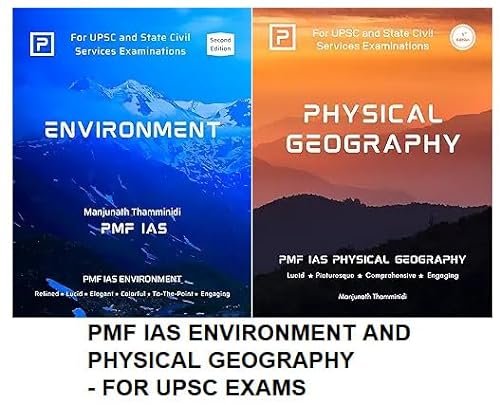
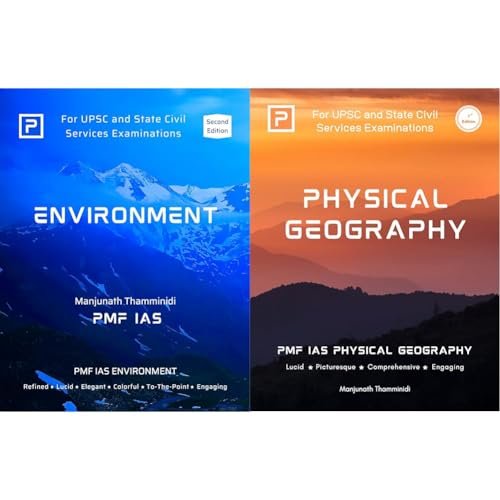
![PMF IAS Environment for UPSC 2022-23 [paperback] PMF IAS [Nov 30, 2021]…](https://pmfias.b-cdn.net/wp-content/uploads/2024/04/pmfiasenvironmentforupsc2022-23paperbackpmfiasnov302021.jpg)
